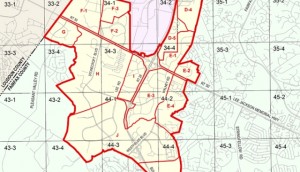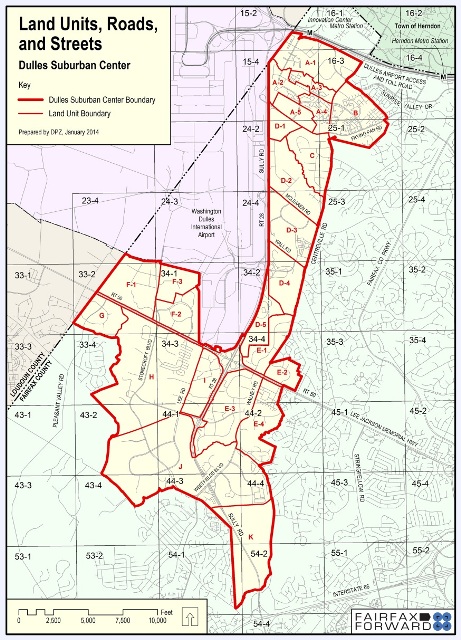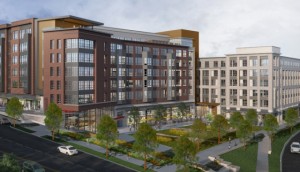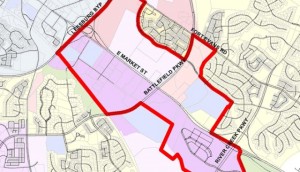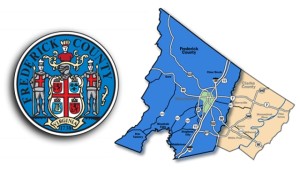In its 2016 Session, the General Assembly enacted SB 549, a proposal generally referred to as the “proffer reform bill.” Governor McAuliffe has signed the bill and it will be codified as Va. Code § 15.2-2303.4. The legislation goes into effect July 1, 2016.
After decades of experience with conditional zoning (a system unique to Virginia), the legislature has acted to preclude localities from requesting or accepting “unreasonable” proffers in connection with new residential development. The three exemptions to the statute’s applicability, which must be studied carefully, all relate to being within close proximity of mass transit or a Metrorail station. Moreover, some jurisdictions, such as Arlington and Alexandria, rely more heavily on conditions of special exceptions or site plans as a means of mitigating the effects of new development, and the proffer reform bill does not apply to those specific legislative approvals.
The legislation was intended to effect a significant change in the use of proffers, principally to assure that proffers mitigate impacts “specifically attributable” to new residential development and to limit their perceived misuse as a means of raising funds from a single industry for public improvements more appropriately funded by general taxation.
Thus, under the new law, a proffer (whether onsite or offsite) will be deemed reasonable only if it mitigates an impact “specifically attributable” to a new residential development or new residential use (as those terms are defined in the statute). In general, the law applies to property that requires a rezoning or proffer condition amendment to allow for new residential development, whether the development is exclusively residential or a mixed-used project with a residential component.
In addition, offsite proffers with respect to the effects of a development on identified public facilities, including offsite transportation, public safety, schools, and parks, must not only meet the “specifically attributable” requirement, but the development must create “a need, or an identifiable portion of a need, for one or more public facility improvements in excess of existing public facility capacity at the time of the rezoning or proffer condition amendment.” For offsite proffers, each development or use must receive a “direct and material benefit” from any such improvement. Proffers for operating expenses of public facilities are precluded, but the locality may “base its assessment of public facility capacity on projected impacts specifically attributable” to the new development or use.
Crucially, no locality may deny any rezoning or proffer condition amendment to which the statute applies where that denial is based in whole or in part on an applicant’s failure or refusal to submit an unreasonable proffer in connection with such rezoning or proffer condition amendment. If an applicant or landowner believes the statute has been violated, the law creates new and detailed procedural requirements with respect to litigation that may be filed. Importantly, actions may only be brought by the applicant, or the landowner if different from the applicant (third parties have no right of action), and suit may be brought to contest any alleged violation, whether the rezoning or proffer condition was approved or denied.
There is, however, a consequential difference in proceedings depending on the nature of the challenge. If an application is denied and the plaintiff proves to the court by a preponderance of the evidence that the applicant refused or failed to submit an unreasonable proffer proven to have been suggested, requested, or required by the locality, then the court must presume—absent clear and convincing evidence to the contrary—that the refusal or failure to make an unreasonable proffer was the controlling basis for the denial. The presumption and burden-shifting provisions do not apply, however, if the suit involves an approved rezoning or proffer condition amendment. Lawsuits may only be filed within 30 days of action by the local governing body, and if not filed timely all right of action is lost. A successful plaintiff may also recover its reasonable attorneys’ fees and costs.
There are many unanswered questions as to the application of this legislation, and early reports indicate that jurisdictions are not yet certain how to respond. Several have already commenced a detailed review of the assumptions underlying their fiscal impact models to more clearly and closely tailor those models to the “specifically attributable” and “direct and material benefit” requirements of the statute. The proof will be in the pudding as both developers and localities find a means of compliance. Virginia’s conditional zoning system has been 40 years in the making, and it will require some time to accommodate the significant change wrought by this legislation.
It is also important to observe that an enactment clause appended to the bill provides that the legislation is only applicable to rezonings and proffer condition amendments filed after July 1, 2016. Rezonings filed before that date (and proffer condition amendments amending rezonings filed prior to that date) are not subject to the law. Some jurisdictions have suggested that an application must be “accepted” as well as “filed” before the effective date, even though the enactment clause only uses the word “filed.” It is but one of many questions yet to be answered.




